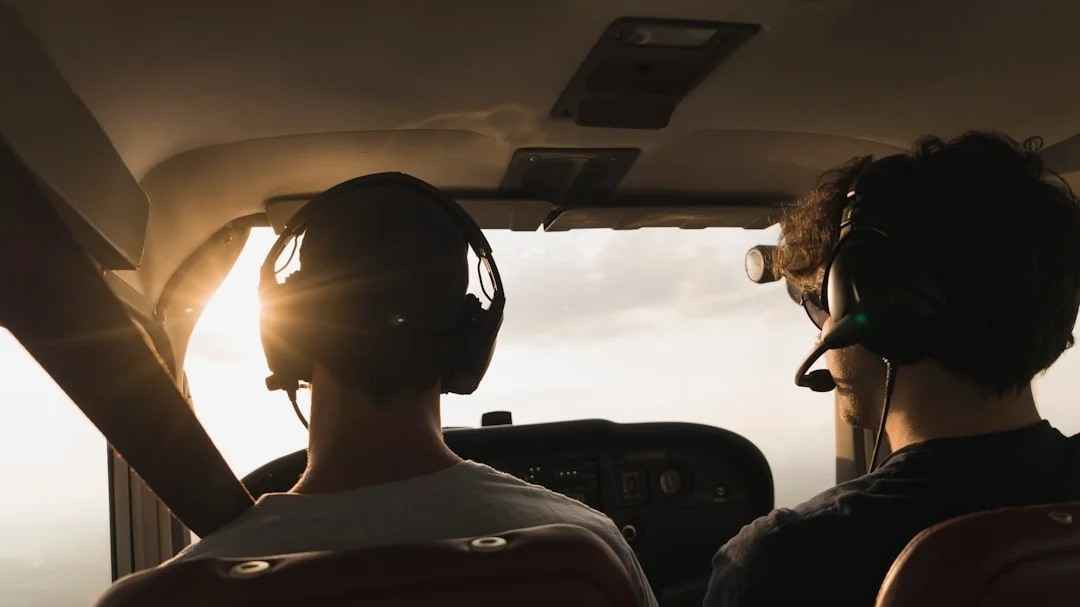What is Unlock in Aviation? The term “Unlock,” abbreviated as UNLK, is a critical concept within the aviation industry, particularly concerning aircraft door operations, security protocols, and ground handling procedures. Understanding UNLK is essential for aviation professionals, as it governs safe access and egress from aircraft, directly affecting passenger safety and operational efficiency.
Contents
- 1 Definition and Importance of Unlock (UNLK) in Aviation
- 2 Technical Aspects of Unlock in Aviation Operations
- 3 The Role of Unlock in Passenger Safety and Security
- 4 Unlock Procedures in Ground Handling and Maintenance
- 5 Technological Advances Enhancing Unlock Safety
- 6 Summary: Understanding Unlock (UNLK) in Aviation
Definition and Importance of Unlock (UNLK) in Aviation
Unlock (UNLK) refers to the action or status when an aircraft door or cargo hold is disengaged from its locked position. This process permits authorized personnel to open the door for boarding, deplaning, maintenance, or loading operations. In commercial aviation, aircraft doors employ multiple locking mechanisms designed to withstand in-flight pressure differences, requiring specific procedures to toggle between locked and unlocked states safely.
The importance of Unlock in aviation can be primarily attributed to safety and security. For instance, aircraft doors are typically designed to remain sealed and locked whenever the cabin is pressurized above ambient atmospheric pressure. This ensures that the doors cannot be opened mid-flight, preventing accidental depressurization. The Unlock procedure is strictly controlled and monitored during ground operations to maintain security and passenger safety.
Technical Aspects of Unlock in Aviation Operations
The Unlock process involves a combination of mechanical and electronic systems integrated into modern aircraft door assemblies. For example, Boeing 737 doors use a rotating latch mechanism that must be disengaged, while Airbus A320 series doors rely on electrically signaled locking sensors monitored by the flight deck. To unlock, ground crew or flight attendants follow detailed standard operating procedures (SOPs), which include verifying cabin depressurization and confirming door handle positions.
Unlock status is monitored through cockpit indicators and external sensors, often linked to the Aircraft Communications Addressing and Reporting System (ACARS) or integrated flight deck displays. The unlocking of doors is only authorized when the cabin altitude matches ambient pressure closely—typically at or below 1,000 feet cabin altitude or during engine shutdown. In addition, the aircraft’s pressure differential gauge plays an essential role during the Unlock process by ensuring the cabin pressure differential is near zero, which is mandatory for door operation.
The Role of Unlock in Passenger Safety and Security
Unlock status directly influences passenger safety protocols in aviation. The Federal Aviation Administration (FAA) mandates comprehensive procedures regulating door Unlock and Lock sequences to safeguard passengers against unauthorized access and ensure emergency egress capability. Flight attendants perform systematic checks confirming that all aircraft exits are securely locked during flight and properly unlocked before landing and taxiing operations commence.
Furthermore, in emergency situations, rapid unlocking of exit doors enables efficient evacuation. Modern aircraft doors are equipped with emergency power assist or manual overrides, ensuring that Unlock can be performed quickly during critical moments. Ground security teams also manage Unlock status when securing aircraft on the tarmac to prevent unauthorized boarding—particularly in high-risk security zones. For additional detailed aviation safety procedures, visit the [FAA official website](https://www.faa.gov/aircraft/safety).
Unlock Procedures in Ground Handling and Maintenance
Unlock processes are equally vital during ground handling and maintenance operations. Ground personnel rely on Unlock signals to access aircraft cargo holds, avionics bays, and entry doors safely. Standard Unlock procedures specify that exterior locking mechanisms must be disengaged only after verification of engine shutdown, application of parking brakes, and installation of chocks to secure the aircraft.
Maintenance teams utilize Unlock protocols for troubleshooting mechanical systems, conducting inspections, or repairing door seals and locking mechanisms. Typical aircraft door locking systems involve up to 20 locking pins or latches that must be unlocked sequentially or simultaneously depending on the aircraft type. For example, Boeing 777 main cabin doors feature 14 remotely controlled locking pins, and confirming a complete Unlock is a prerequisite before access.




